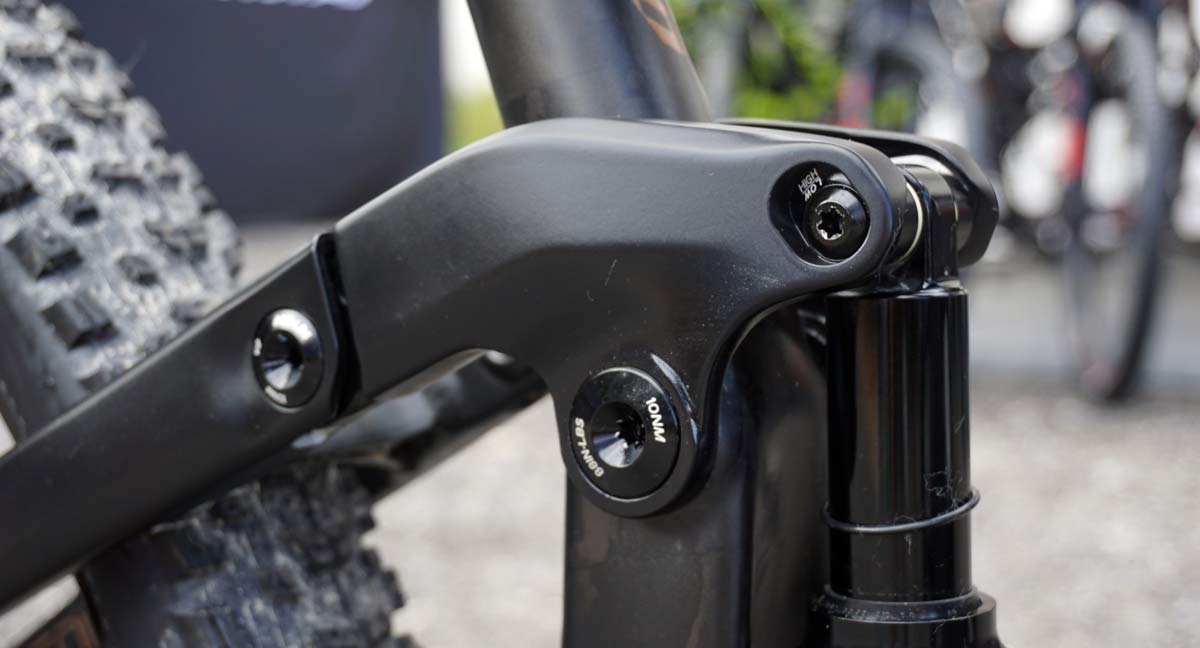For many riders, the modern 120mm trail bike is a great blend of XC efficiency, speed and aggressive capability. Which is why many XC bikes are adopting similar head angles. But as things get more aggressive, finding the right bike to handle all manner of trails can be tricky. There’s a reason why some brands make their bikes with lower BBs and slacker angles while others keep things just a bit more upright. It’s because trails are different from coast to coast, north to south, and everywhere in between. What works in one place on one day may not be ideal at the next.
And that’s why more and more brands are building adjustable travel, geometry, tire and wheel sizes, and more options into their frames for 2019.
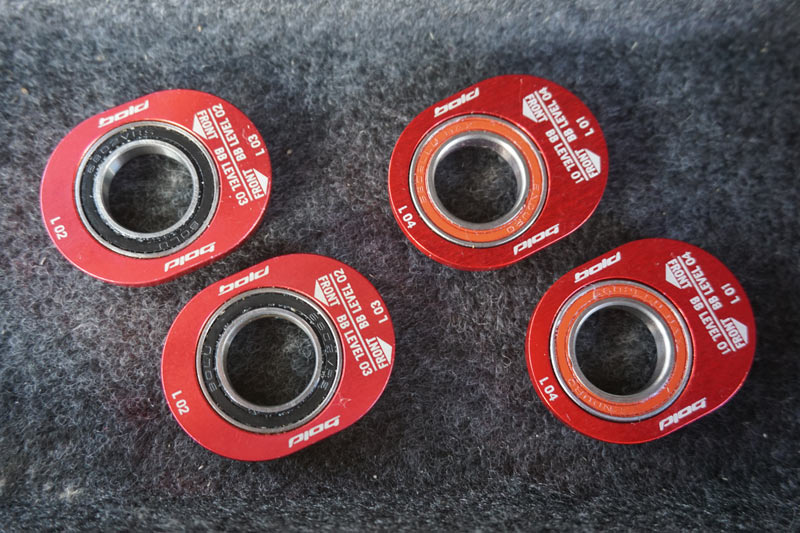
Bold, Scott, Ghost, NS Bikes, and others all have chips, inserts, mounts and other designs that let you tweak the geometry and, sometimes, even to fit different wheel and tire sizes inside the bike.
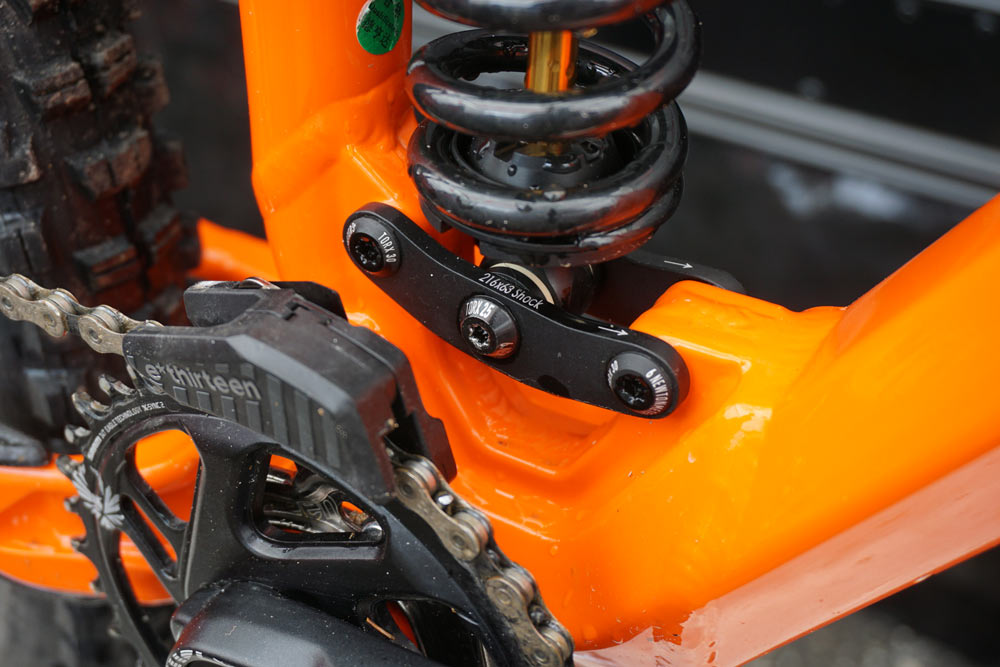
Over the past few years we’ve seen an increase in the number of bikes offering flip chips (like the Scott shown at top of this post) that allow for slight tweaks to the seat- and head tube angles and bottom bracket heights.
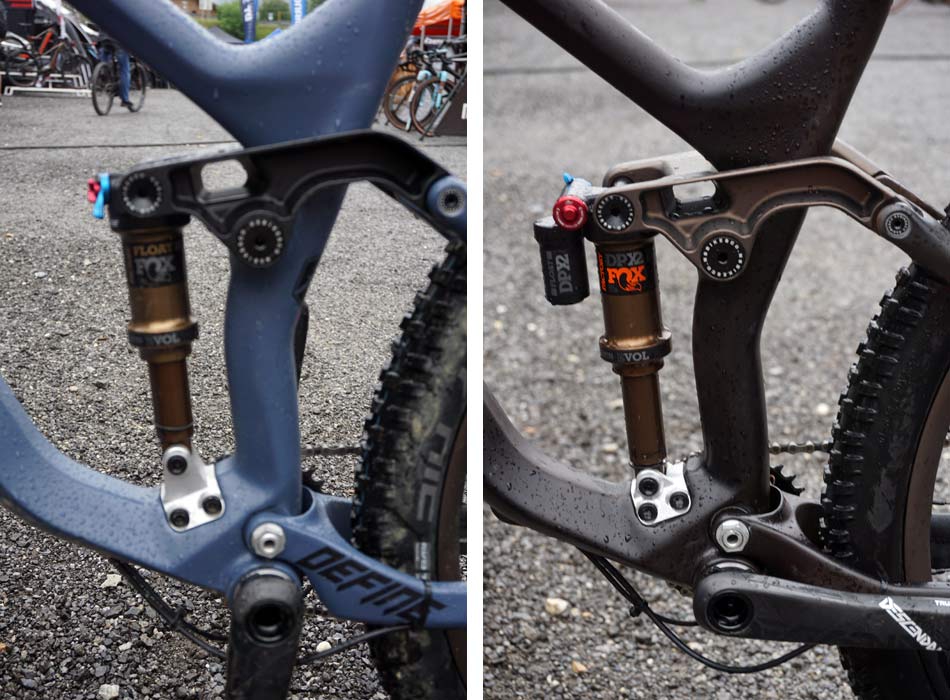
What’s become more prevalent is the option to change one of the shock mounts and replace the rear shock with one using a different length and/or stroke to change the travel. Both the Ghost FRAMR and NS Bikes Define do just that, and we suspect we’ll be seeing more of this in the future.
Scott’s Genius and the Cannondale Trigger have offered adjustable travel for years, both using modified shocks that limit travel via air volume and other internal changes. All of these systems have the added benefit of adjusting the geometry to fit the travel length…getting slacker as things go longer.
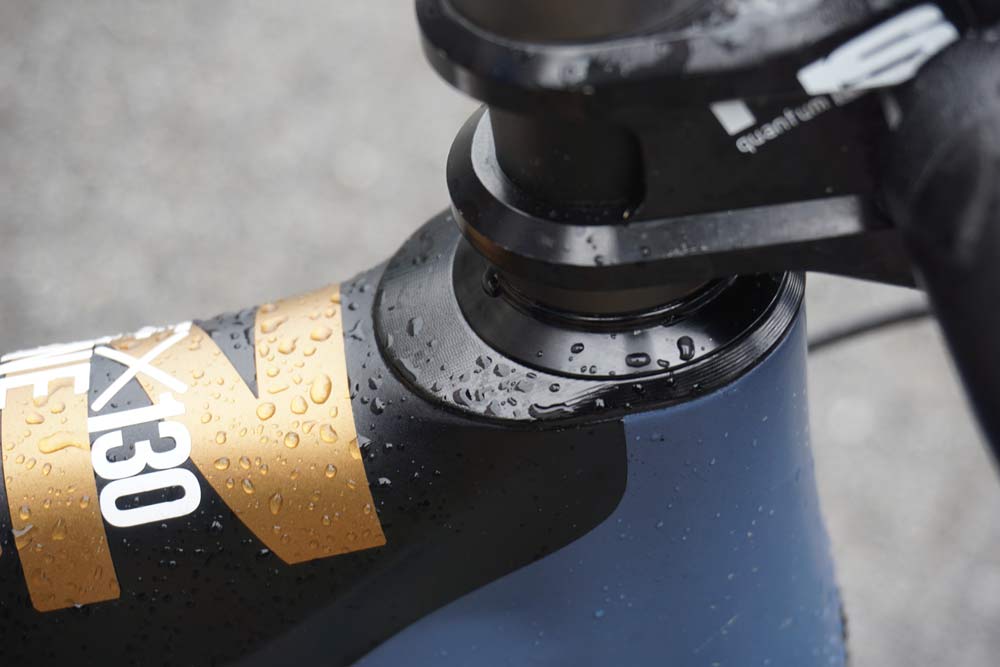
Many gravity bikes have offered adjustable angle headsets for years, and now we’re seeing options in mid-travel bikes (like the Bold Unplugged). The NS Bikes Define takes a different approach, giving you 10mm of reach adjust by moving the steerer tube fore or aft.
The goal of all this? To make one single bike more adaptable to different types of terrain and riders, helping both brands and riders narrow down their quiver.
XC bikes get tougher, Trail bikes get lighter

All of the adjustable travel, adjustable geo bikes we’ve seen so far sit in the 130-180mm travel range, clearly aimed at more aggressive riders. But what if you want to race XC and still get rowdy with your friends during the off season? Modern XC bikes are giving you less and less reason to buy a proper Trail bike. And vice versa. Either way, almost every full suspension bike now comes with dropper post routing. From there, it’s just a matter of picking which type of riding you’ll do most.
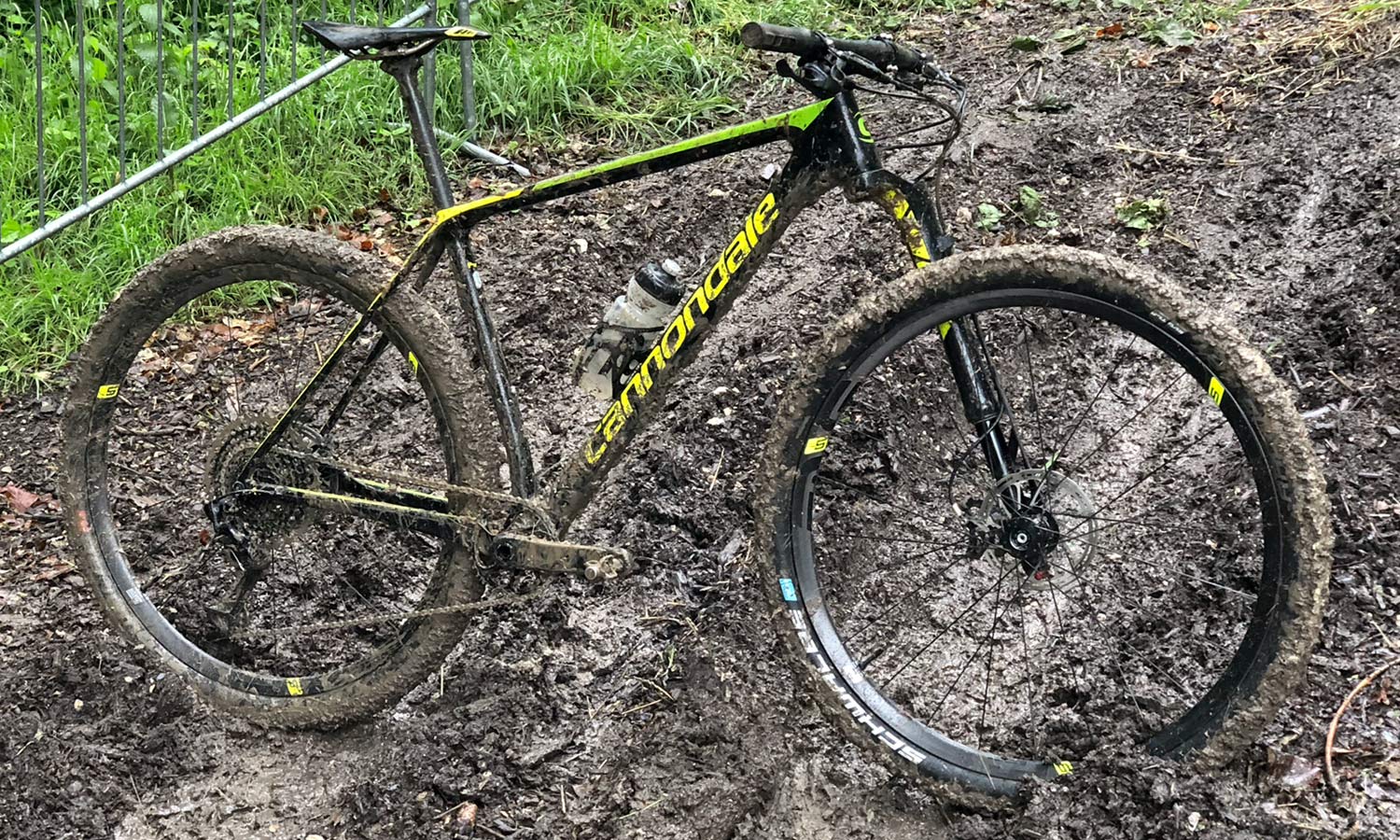
Recent race bike introductions from Cannondale, Canyon and others all use longer reach and slacker head angles to keep the bike steady at speed and on the descents. Those are generally paired with steeper seat angles, short rear center and shorter fork offset measurements to provide snappy handling and efficient climbing. Honestly, it seems like almost every brand is refining their mountain bike geometries to get closer to these new standards…because they work. These combinations really do create a fantastic balance of precision, stability and control at all speeds.
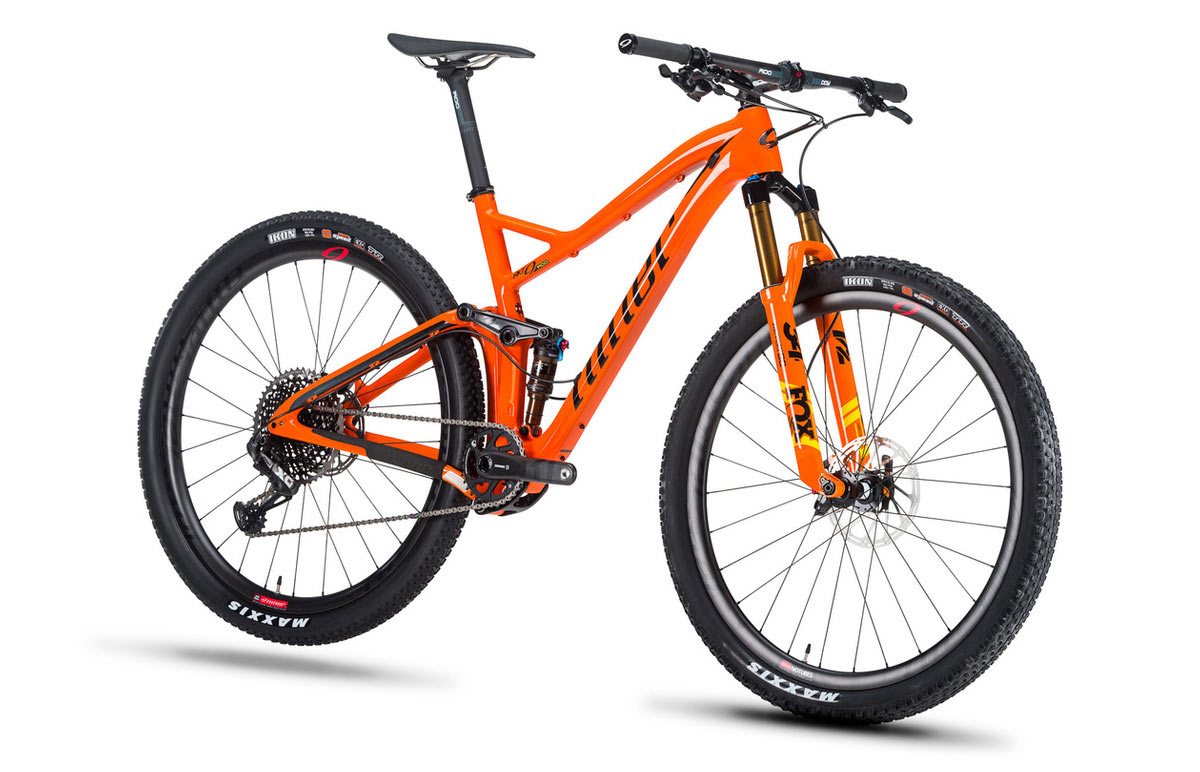
Or, if you’re into trail riding but want to do the occasional race, a new breed of lighter trail bikes are race ready. A lot of brands, like Pivot, Niner and Specialized, are putting 120mm forks on their 90-100mm travel “race” bikes. Doing so makes them more capable, but does tweak the geometry and slow down handling just a bit. The nice thing is, much like swapping in a different rear shock size, you can always sub in a 100mm fork for race days and pure XC.
Or, use something like the new Fox 34 SC or Rockshox SID 120mm lightweight trail forks to add travel and slacken the head angle on your current XC bike. Both have room for bigger tires, (27.5×2.8 or 29×2.6 for the Fox), so you can add extra rubber up front, too.
It still amazes us how much better bikes get every year. And now that we’re gaining more adjustability in our bikes, it means more ways to use the ones we have (or will soon have). The idea of being able to take our favorite rig and swap a couple parts to give it new life on new terrain is might appealing, as is the ability to dial its performance and fit exactly to our bodies and trails.
